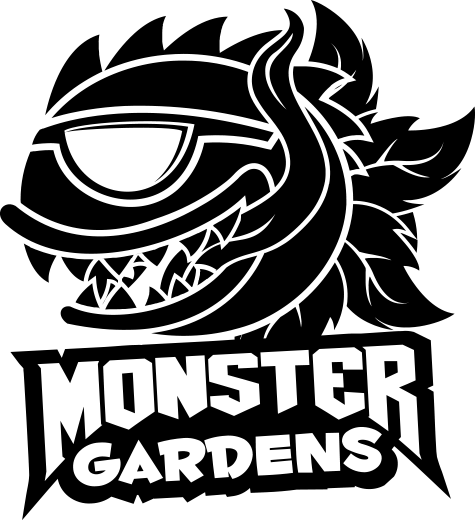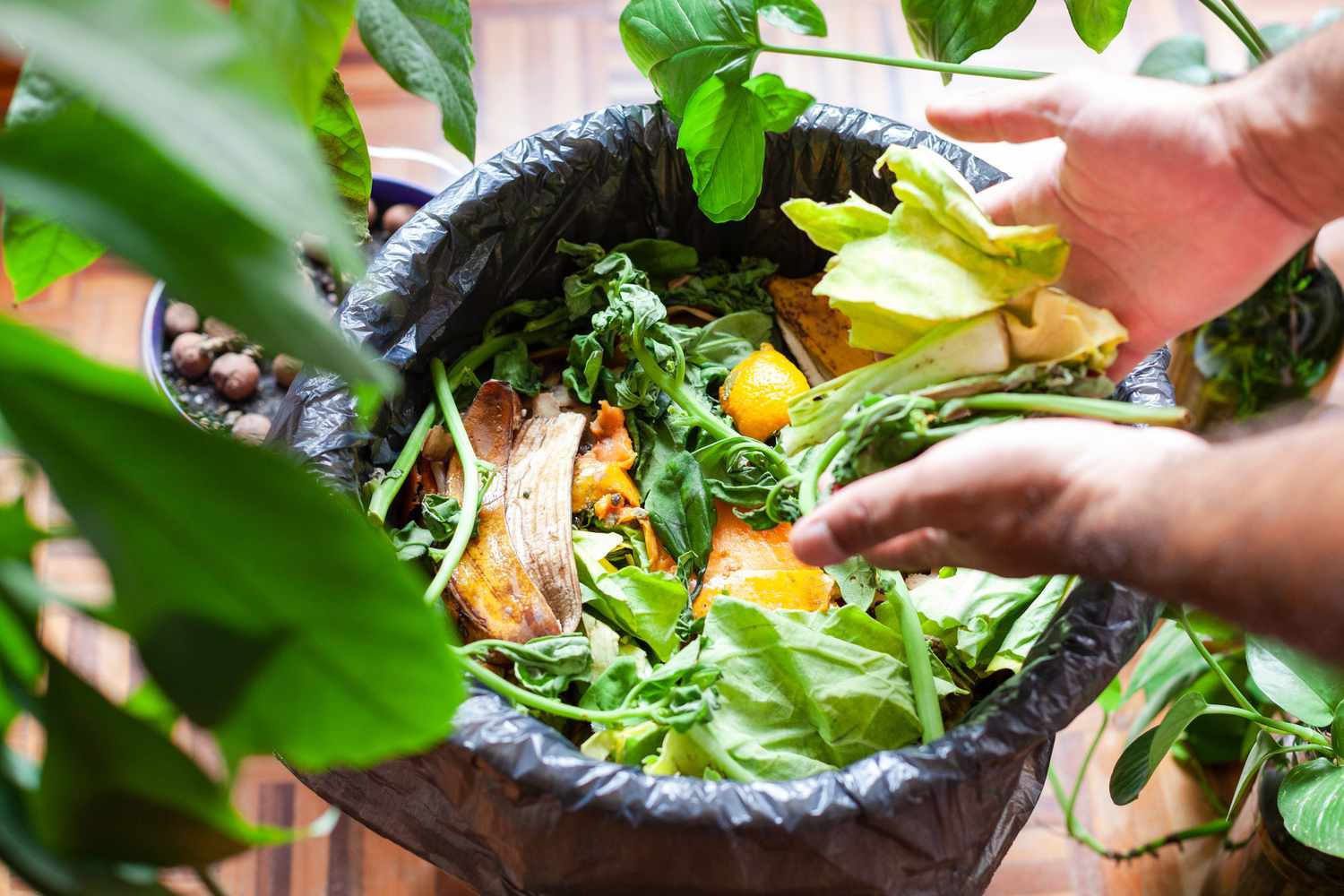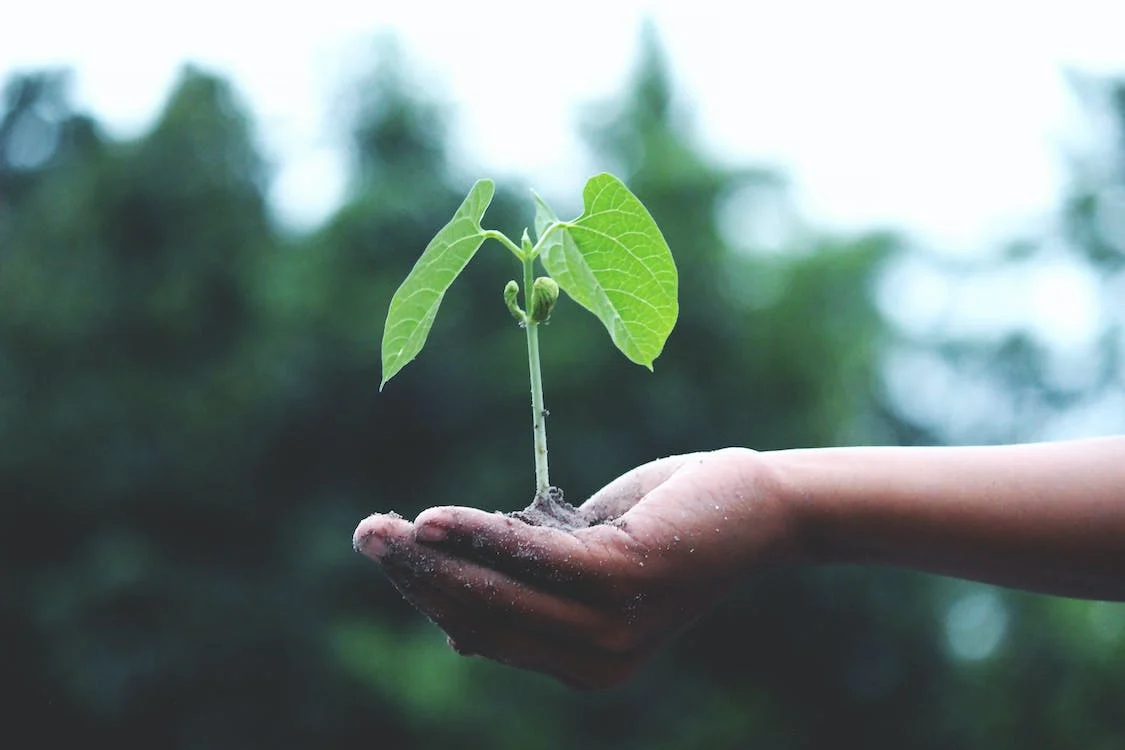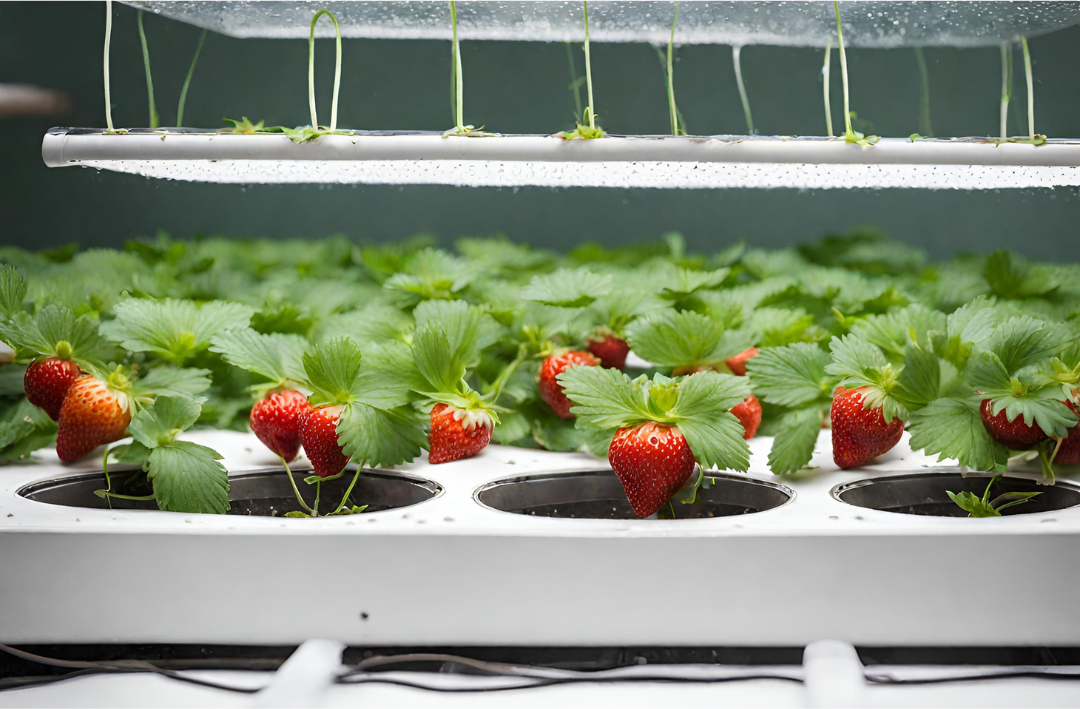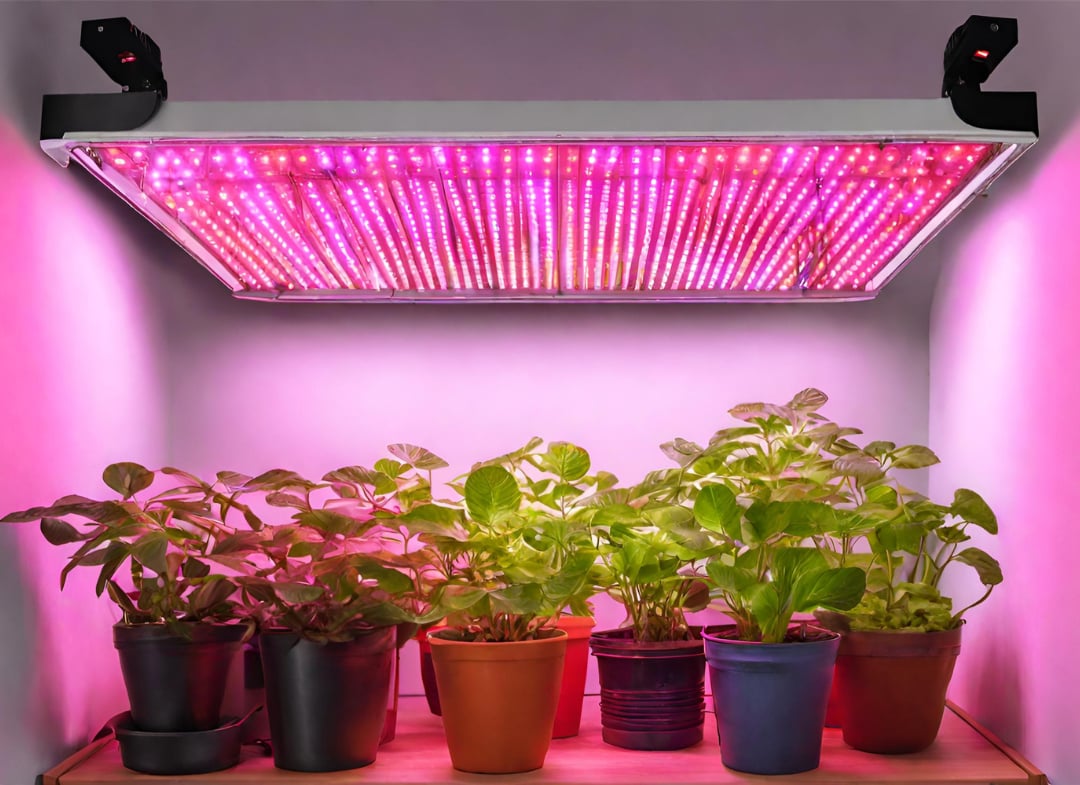
Hydroponics vs. Aquaponics
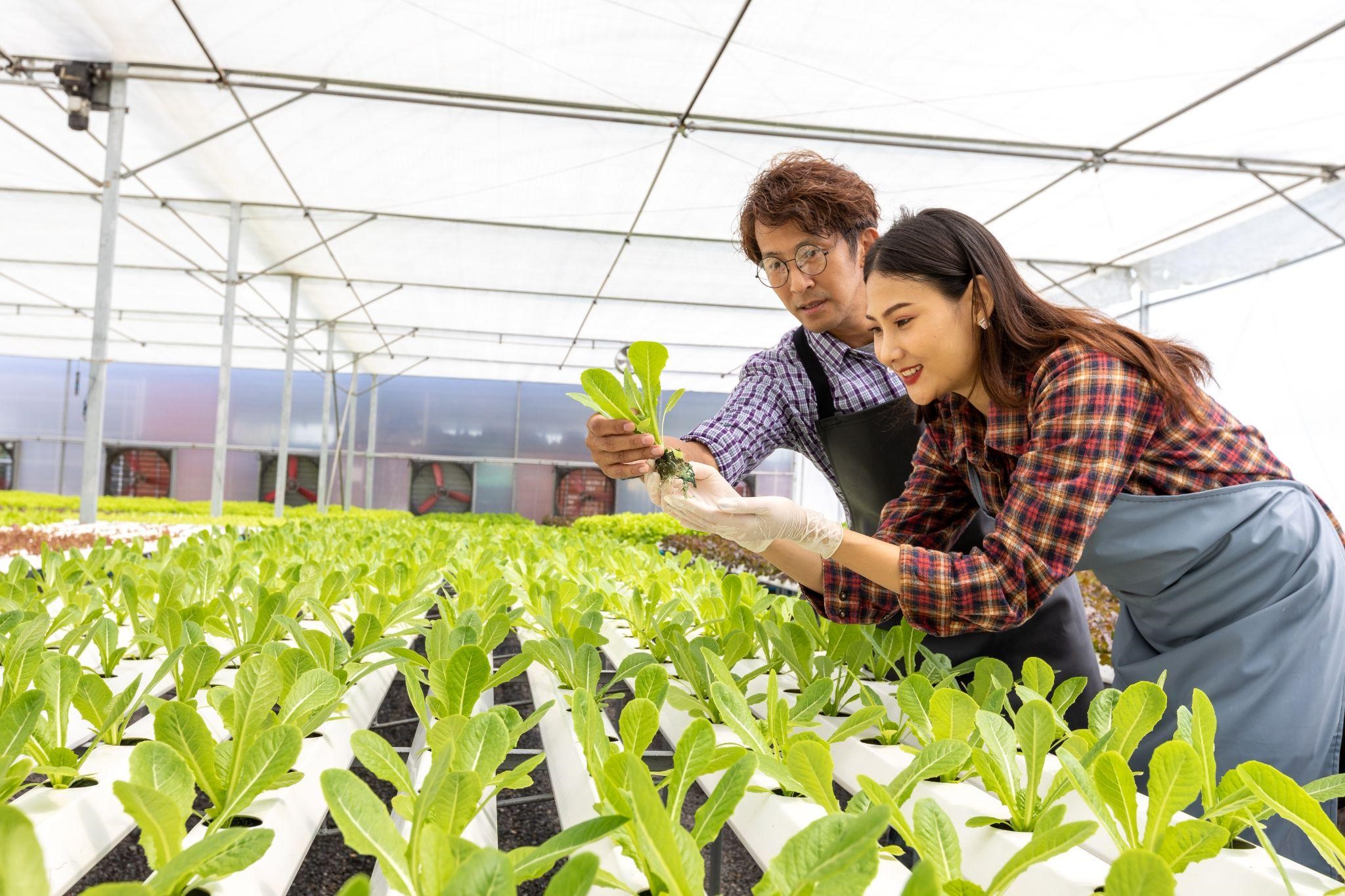
Growing with Hydroponics vs. Aquaponics
Did you know you don’t need soil to grow healthy plants and vegetables? That notion goes against everything you learned in third grade science class. But it is good news for amateur and professional growers alike – as agricultural land declines and living environments change. Two alternatives are key to soilless growing innovation – hydroponics and aquaponics. But what is the difference between hydroponics vs. aquaponics? Let’s break it down.
What is Hydroponics?
Hydroponics is a method of plant cultivation that uses solution instead of soil as a mechanism for nutrient delivery and growth. Hydroponic plants are usually grown in controlled environments, where the benefits include reducing pests, weeds, infestations, and disease; eliminating risks posed by varied conditions like light, temperature, and precipitation. This ensures the plants receive the necessary nutrients at the needed time, helping plants grow fast in hydroponics. Because of the equipment and electricity needed, hydroponic planting can be more costly than traditional growing methods, and systems can’t be installed just anywhere. Leafy greens like spinach, kale, watercress, mustard greens, Swiss chard, cabbage, and iceberg, Buttercrunch, Bibb, and Romaine lettuces, as well as herbs like peppermint, spearmint, oregano, basil, and marjoram can grow particularly well using hydroponic systems. Plants that need more space for root development, like onions, garlic, turnips, and rutabagas, do not grow well using hydroponics.
What is Aquaponics?
Like hydroponics, aquaponics is a growing method that does not use soil. But the biggest difference in hydroponics vs. aquaponics is that aquaponics harnesses aquaculture (raising fish) at the same time. Instead of getting nutrients from added fertilizers used in hydroponics, plants get them from the symbiotic ecosystems created by the aquaponic system. Fish create waste, and bacteria turns it into food for the plants. This growing method does not use chemicals or pesticides and uses less water than hydroponic and traditional methods. It also uses a comparatively large amount of equipment and electricity over traditional growing. Leafy vegetables, fruits, berries, and herbs grow well using aquaponics, while corn and potatoes do not. You can also grow sugar snap peas, peppers, and tomatoes with aquaponics.
What are the Similarities Between Aquaponics and Hydroponics?
When comparing hydroponics vs. aquaponics, here are some of their similarities:
- Longer growing seasons: Both hydroponic and aquaponic systems are controlled, usually indoors, so changing seasons don’t matter.
- Faster growing cycles. Both systems infuse their plants with oxygen, so plants grown in soilless systems grow on average 30-50% faster than those grown using traditional methods.
- Higher yields: Because of the control you have, soilless systems also yield 30-40% more product than traditional growing.
- Fewer environmental challenges: Plants grown indoors face fewer threats from pests, weeds, birds, wind, and sudden temperature and light changes.
What is the Difference Between Hydroponics and Aquaculture?
If you are deciding between using hydroponic vs. aquaponic growing methods, there are some significant differences to consider:
Set up: Both systems use grow beds, but aquaponics needs larger ones – 12 inches deep for aquaponics versus around six for hydroponics. Hydroponics does not require a growing material, while aquaponics does for root development. Aquaponic systems also need filtration to help convert fish waste into something usable for your plants.
Cost: The costs associated with hydroponics vs. aquaponics are similar, with aquaponics costing slightly more due to the growing media, filtration, and larger grow bed. The biggest differentiator is the fish used in aquaponics, which can vary vastly depending on which and how many you choose. The ongoing costs are similar as well, with hydroponics requiring fertilizers and aquaponics using more electricity.
Growth speed: Do plants grow faster in hydroponics or aquaponics? The answer for hydroponics vs. aquaponics is a bit complex. In aquaponics, it will take time for the ecosystem to establish so plants can start growing. This usually takes at least a month, if not longer. In hydroponics, plants can start growing as soon as the solution stabilizes. Growing speed is similar once both systems are established.
Types of plants: Because you can customize your fertilizer to the needs of your plants, hydroponic grow systems are versatile, and can be used for plants that need high amounts of nutrients. Aquaponics typically works best for plants with lower nutrient needs.
Nutrients: This is one of the biggest differences between hydroponics vs. aquaponics. In hydroponics, the grower provides and regulates the nutrients, while the ecosystem created by the fish does the work in aquaponics.
Maintenance: Both aquaponics and hydroponics require maintenance for different things. The hydroponic solution needs to be monitored closely for its electrical conductivity (EC), pH, dissolved solids, and nutrient concentrations while the aquaponic solution must be checked for pH, water, and ammonia levels. You do not have to flush out or replace nutrient solution in aquaponics, but you do in hydroponics.
Hydroponics vs. aquaponics growing methods are successful with varied elements including:
- Temperature: Hydroponic growing requires lower temperature to keep fungus from growing, while fish require warmer temperatures, but also help manage fungus levels.
- Pests: Both systems can suffer from spider mites, aphids, and thrips. Hydroponic systems can more safely use pesticides, while it is more difficult in aquaponics.
- pH: The ideal pH is 5.5 to 6.0 for hydroponics vs. aquaponics’ ideal level is 6.8 to 7.0.
What is Better: Aquaponics or Hydroponics?
In the battle between hydroponics vs. aquaponics, it is difficult to identify a clear winner. Each has its pros and cons. Aquaponics is more sustainable and takes less maintenance once your system is established. Plus, you get fish as pets! Hydroponics can be less expensive to set up, takes less time to start growing, and tends to be a more popular choice. Even though Monster Gardens is known for carrying one of the largest inventories of hydroponic supplies in the country, we also offer a wide variety of aquaponic supplies as well. When it comes to hydroponics vs. aquaponics, the decision often comes down to personal preference, and the plants you want to grow. No matter what you choose, we’re here to help. Your success is our success, so please shop our top of the line and affordable products today.
About the Author

